From Souls on the Road (1921) to A Page of Madness (1926), these are some of the finest silent Japanese films.
If we believe in the Western perspective of Japanese cinema, the latter gained prominence only after the arrival of Akira Kurosawa. While Kurosawa winning an award at Venice Film Festival for Rashomon (1950) unveiled Japanese cinema to the larger world, the Japanese were making films right from the embryonic stage of the cinematic form. In 1897, the first film was projected in Japan. In the same year, it was argued that a Japanese person shot, developed, and printed a film.
In 1912, the first Japanese studio was built. But it operated more or less like a cottage industry unlike Hollywood. The first Golden age of Japanese cinema was between the late 1920s and early 1930s. One rough estimate puts that around 7,000 silent films were made in Japan during the 1920s. The studios’ careless misplacement, the Great Kanto earthquake of 1923, and years of brutal Pacific War have unfortunately destroyed many chapters in the history of early Japanese cinema. Yet even with what has survived, it’s a herculean task to explore the great depths of Japanese silent-era cinema.
A nation’s film history is clearly intertwined with the political, social, and cultural climate of the era. The 1920s was the era of change in Japan. There was wide-spread social and political unrest, and yet the Taisho era (1912-1926) promised a smooth transition to democracy. However, the sharp rise of militarism swept Japan by the early 1930s; a militaristic nationalist society is offered as a remedy to the woeful economic condition.
Who are benshi?
To answer it simply, they were the voice of a silent film. Paradoxical right? Well, the narration, style, and theme of early Japanese cinema stood completely apart from its Western counterparts. The influence of performing arts such as Kabuki or Noh theatre was deeply felt in Japanese films. Most importantly, a narrator known as ‘benshi’ remained an integral part of the silent Japanese cinema. These ‘narrators’ explained what the film was about, either before, during, or at the end of the film. They described the visual narrative, gave voice to character dialogues, and offered extra information regarding the content of the film. Benshi even enjoyed celebrity status like film stars, and earned as much as the actors.
The concept of Benshi came from Japan’s very old tradition of spoken performance arts. Some scholars believed that the presence of ‘benshi’ slowed down the evolution of cinematic storytelling techniques in Japan. At the same time, it’s important to keep in mind that Japan has a vast and rich cinematic history that can’t strictly be defined by the Western lens.
Quickly then, let’s take a look at some of the most essential works of Japanese silent cinema:
1. Souls on the Road (1921)
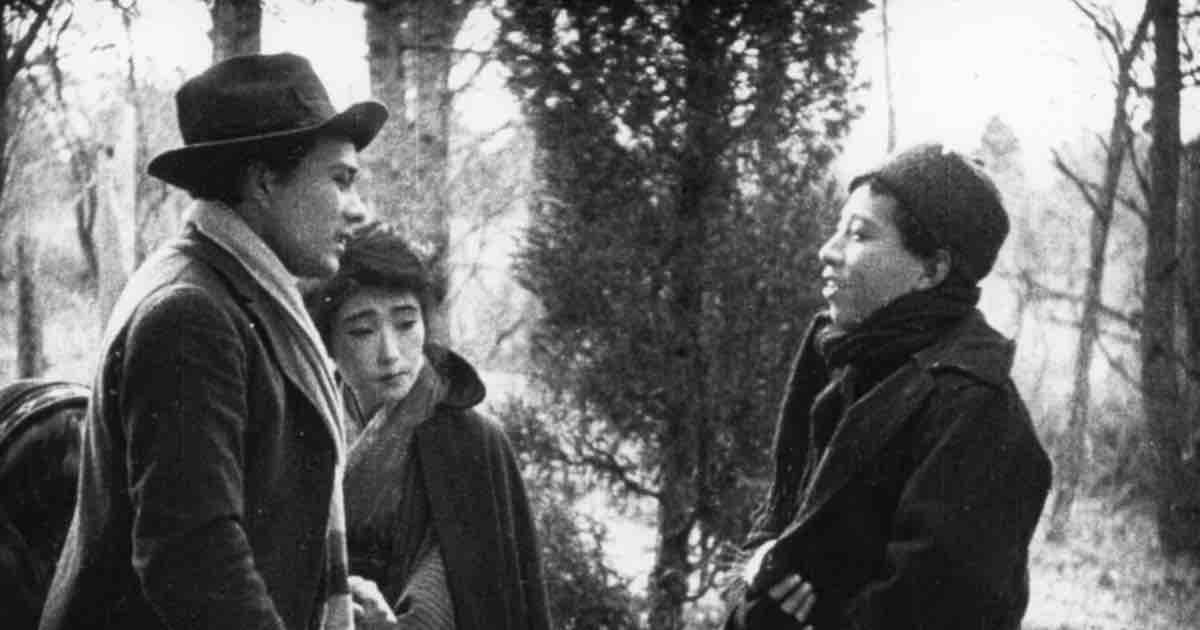
Minoru Murata was one of the most important filmmakers of early Japanese cinema. The 1921 melodrama was his second directorial venture. Unfortunately, most of Mr. Murata’s 36 films are entirely lost. The filmmaker passed away in 1937 at the age of 43. Murata hailed from the ‘Shingeki’ theatre movement. Inspired by Western-style theatre, the movement brought realism and naturalistic acting to Japanese theatre. However, the early Japanese movies were based on traditional Japanese theatre such as Noh, Kabuki, and Bunraku.
Souls on the Road was an attempt to create new modern Japanese cinema as opposed to overly theatrical works. Structurally, it was inspired by D.W. Griffith’s Intolerance (1916). Moreover, Murata’s interlinked three stories in the narrative were inspired by two foreign literature: Lower Depths by Maxim Gorky and a German novel by Wilhelm August Schimdtbonn.
2. Orochi (1925)
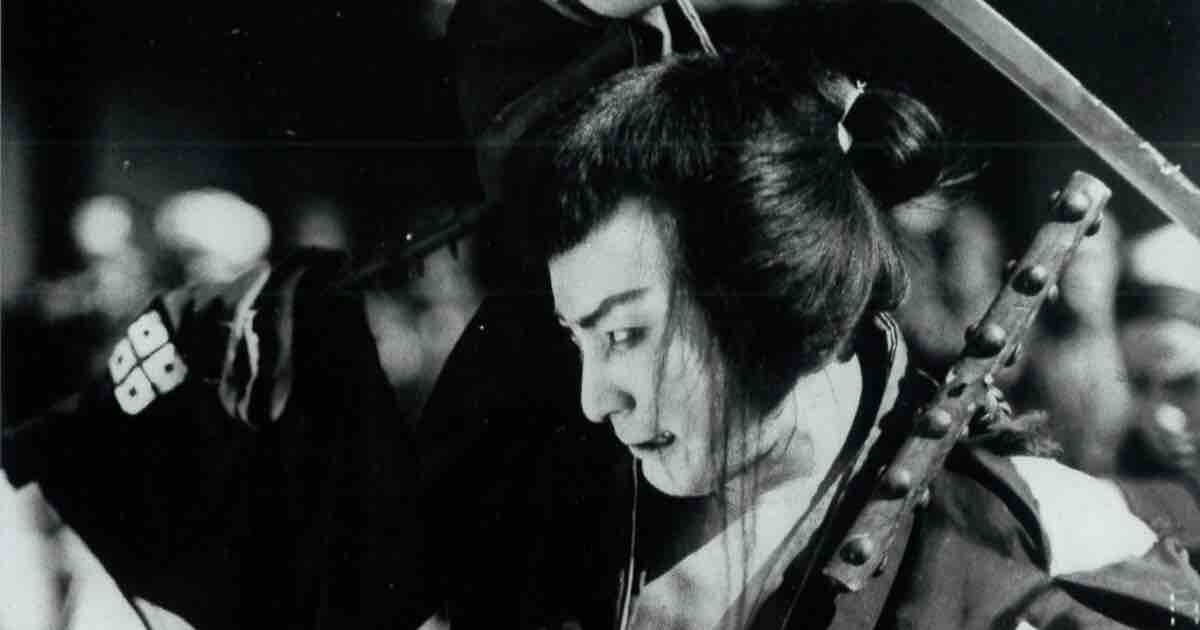
While the refined, westernized presentation of Souls on the Road was appreciated in sophisticated circles, the majority of Japanese film-goers of the time preferred watching chanbara (sword fighting) films. Such films were also accompanied by Benshi narration, a traditional Kabuki theatre element. The storyline, acting, and make-up also strongly carried the influences of Kabuki.
Buntaro Futagawa’s Orochi (The Serpent) is set in the 18th century and tells the story of a disgraced samurai named Heizaburo Kuritomi. We witness how malevolent societal forces band together and transform the heroic figure into a villainous outlaw. Heizaburo was brilliantly played by Tsumasaburo Bando, a superstar actor of the Japanese silent era. Orochi was way ahead of its time. Be it maintaining a bleak atmosphere throughout or staging the splendid action scenes, director Futagawa does a phenomenal job.
3. A Page of Madness (1926)
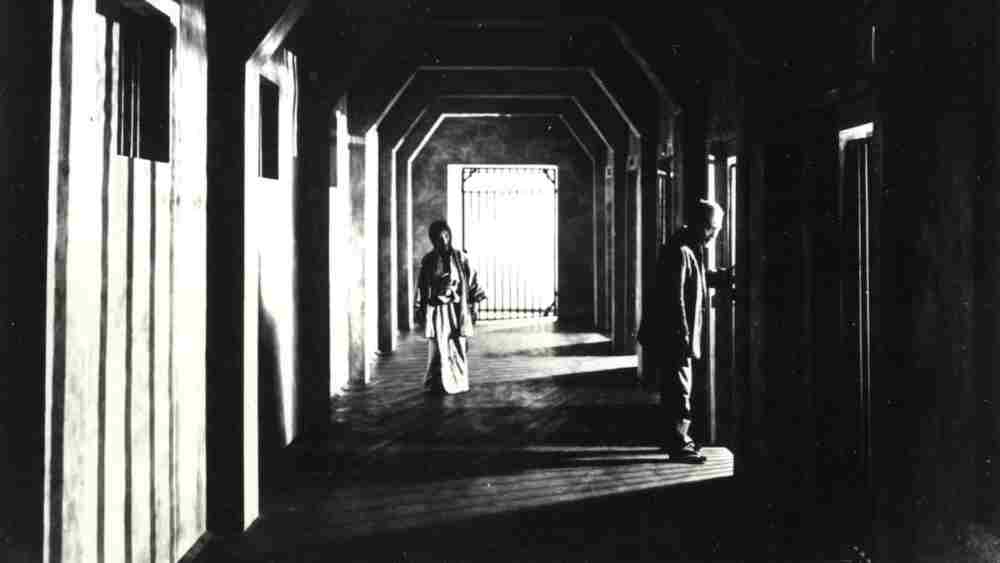
It’s hard to tell what’s exactly unfolding in Teinosuke Kinugasa’s avant-garde masterpiece, A Page of Madness. It has no intertitles and few sources claim that the recovered print is missing scenes from the original version. The basic story revolves around an elderly man who works as a janitor at a mental asylum. Unbeknownst to the hospital management, the janitor is there to observe his wife, whose insanity pushed her to drown her own infant son.
Director Kinugasa and screenwriter Yasunari Kawabata (the Nobel-winning novelist) clearly didn’t want to tell a story. But they wanted A Page of Madness to offer a unique and unsettling movie experience. Inspired by German Expressionist cinema like Cabinet of Dr. Caligari (1920), this radical non-narrative feature showcases the fragile boundaries between reality and illusion.
WATCH: 10 Greatest Yasujiro Ozu Films, Ranked
4. Crossroads (1928)

Crossroads aka Jujiro was claimed as one of the first Japanese movies to be viewed in the West. Director Teinosuke Kingugasa himself is said to have taken the print of the film and travelled across Europe for screening. Similar to A Page of Madness, Crossroads‘ visual influences can be traced back to German Expressionism. However, this film had a coherent storyline alongside the magnificent visual sensibility.
Crossroads belongs to the Jidaigeki (period drama) genre and tells a tale of love, obsession, and vengeance. The narrative is set in the pleasure quarters of Edo (now Tokyo) and follows the hapless existence of young Rikiya, and his industrious sister Okiku. Kinugasa draws us into his world through atmospheric lighting and impeccable set design. The filmmaker’s ability to visualise Rikiya’s downfall and agonised mental state still remains a marvel to witness.
5. What Made Her Do It? (1930)
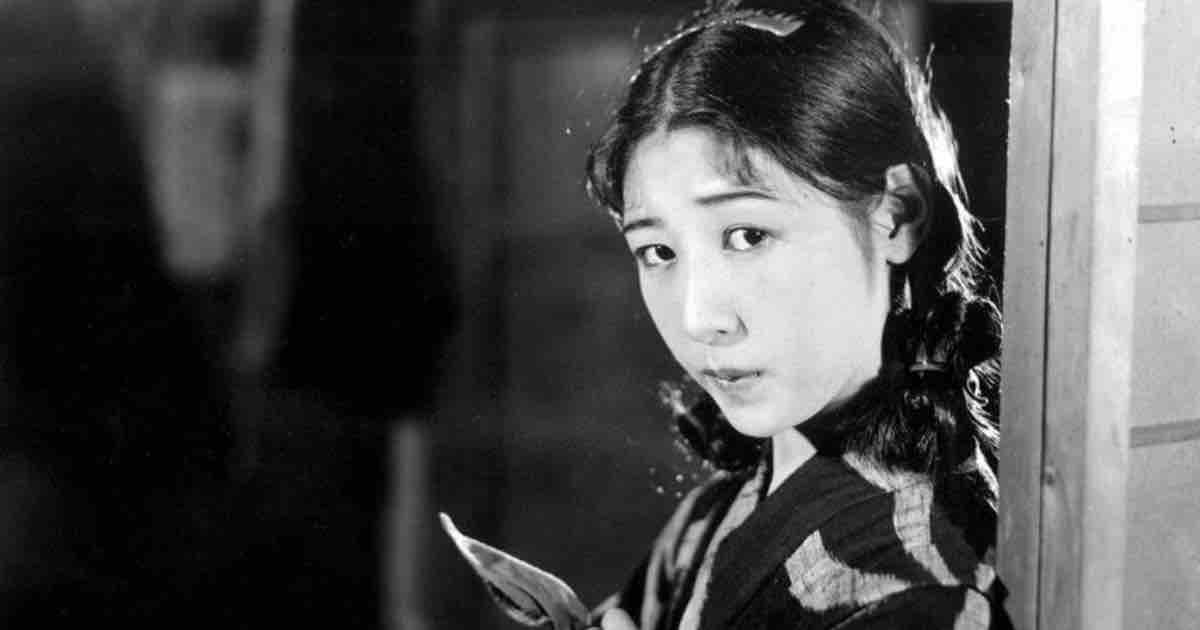
In Japan, by the end of 1920s, the democracy promised by the Taisho era (1912-1926) was gradually overridden by the rise of militarism. In the early 1930s, the militaristic nationalist government started imposing restrictions on cinema. Shigeyoshi Suzuki’s What Made Her Do It? was made during this volatile period of transition. The film intriguingly features a dense socio-political context. Suzuki’s film was inspired by the ‘proletarian cinema’ of Soviet Russia.
In fact, when the film was long thought to be lost, a partial print of it turned up in the Russian archives. The restored version runs for 79 minutes, and the missing portions are informed using still images and intertitles. The narrative revolves around the young and unfortunate Sumiko, who suffers under the hands of hypocritical institutions and oppressive moral codes. Suzuki’s stark imagery adds great intensity to the melodramatic narrative.
6. Walk Cheerfully (1930)
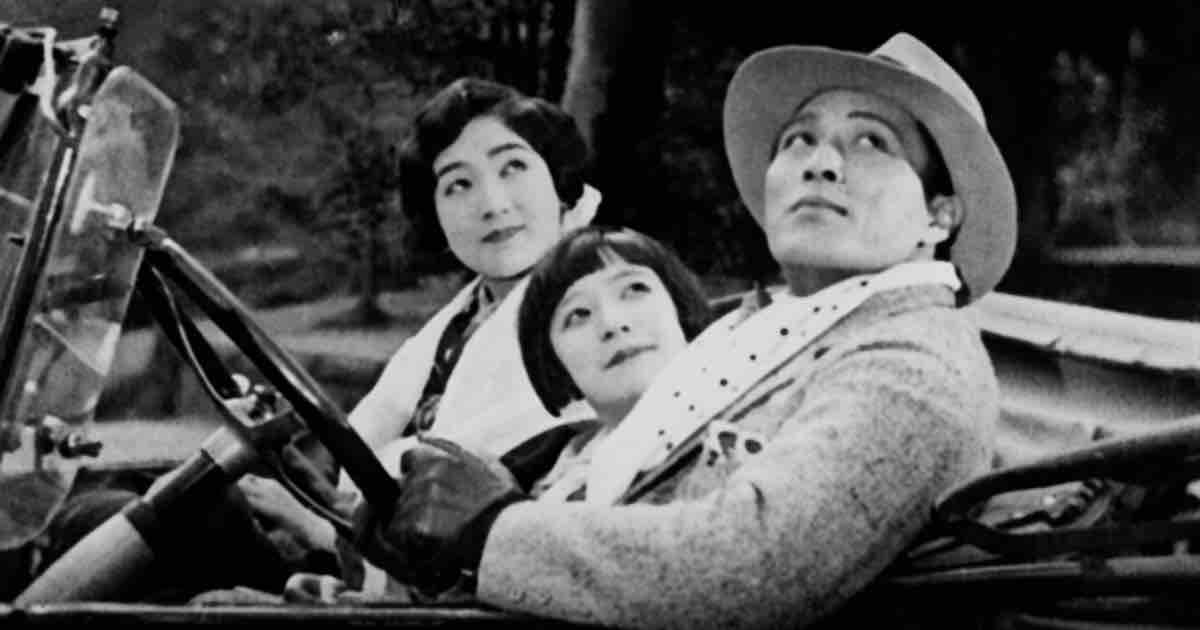
In 1927, a young man working as an AD at the prestigious Shochiku Studios was promoted as a director. He was given the chance to direct a jidaigeki film titled Sword of Penitence. The assignment didn’t really excite him and before he could finish it, he was called away for military service. I’m talking about the legendary Yasujiro Ozu!
When we think of Ozu, we will probably recall his refined and deeply moving family dramas. However, the master filmmaker dabbled in different genres in his earlier ventures. Walk Cheerfully, one of his earliest surviving silent films, was a crime drama which was influenced by the works of Austrian-American filmmaker Josef von Sternberg. Set in the rapidly changing Tokyo, Walk Cheerfully revolves around a petty thief named Kenji. He tries to give up a life of crime when he falls for a beautiful office girl named Yasue.
7. Tokyo Chorus (1931)
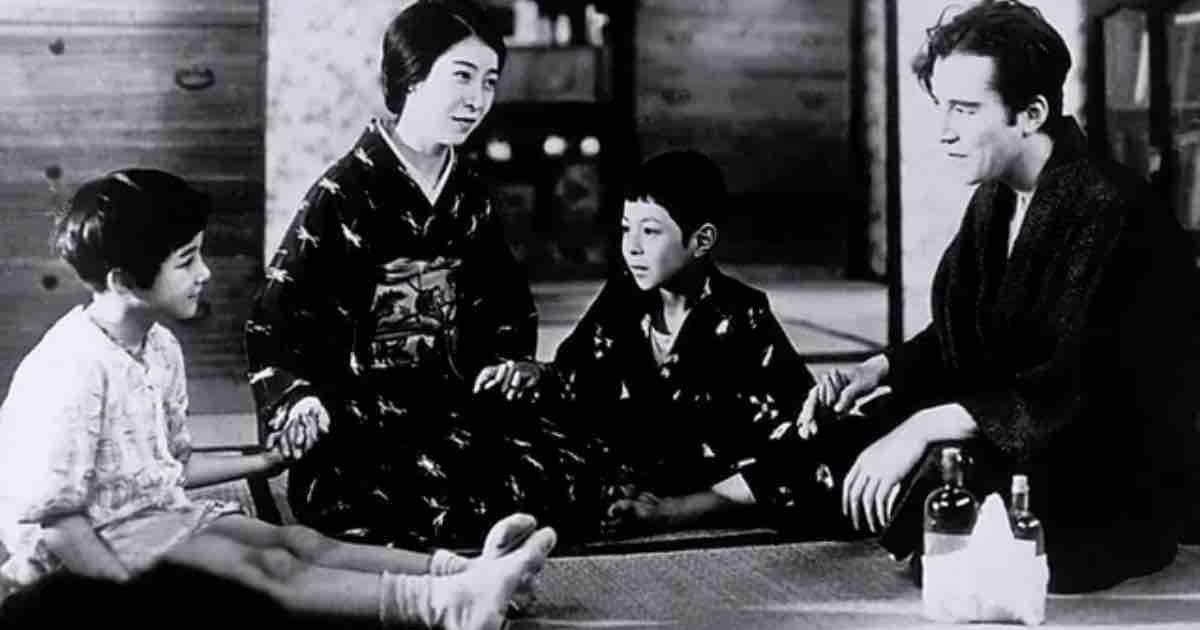
Ozu’s Tokyo Chorus is a bittersweet family drama. It explores the struggles of a working-class family during the Great Depression. Co-written by Ozu regular Kogo Noda, the comical portions of Tokyo Chorus are clearly inspired by the silent classics of Harold Lloyd and Ernst Lubitsch. The narrative opens with a group of middle-school students. One of the students named Shinji Okajima clowns around, and makes life difficult for his strict teacher, Mr. Omura.
As years pass by, the reckless boy who’s now a salaryman, carries the burden of family responsibility. One day, when Okajima opposes injustice at office, he is immediately fired and by chance, runs into his former teacher. Ozu elegantly balances light-hearted comedy with the darker undercurrents in the story. It’s a social realist drama that still remains relevant in today’s times.
8. I Was Born, But… (1932)
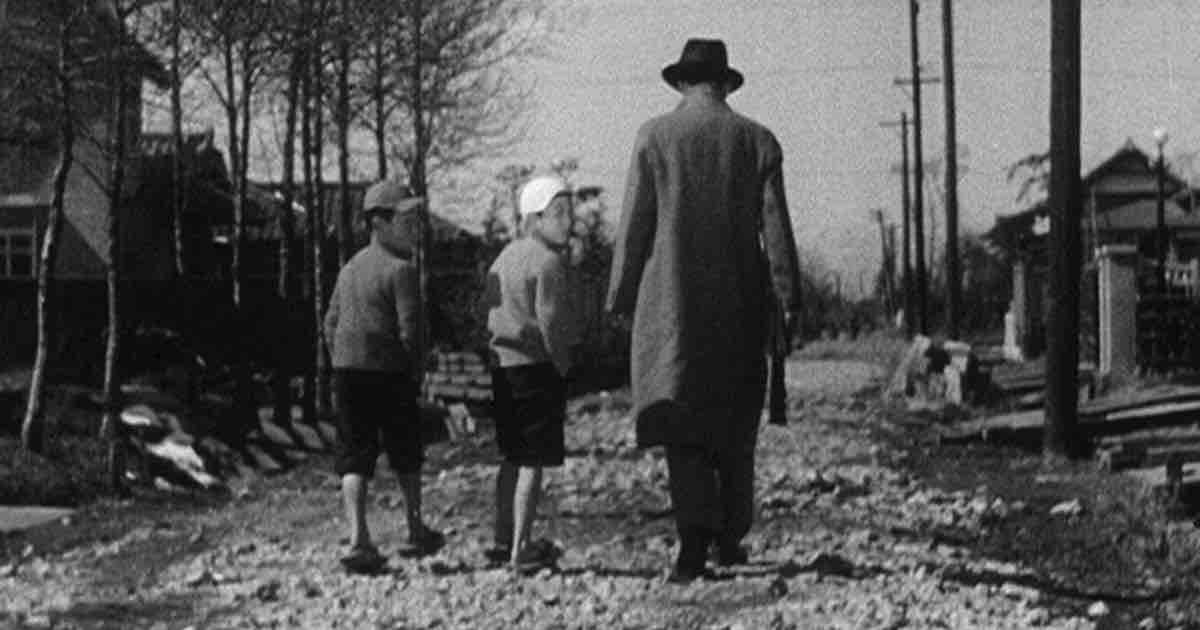
It was Yasujiro Ozu’s 19th feature-film but his first to receive wide acclaim. Labelled as a ‘comedy about childhood’, the film also doubles up as a social satire. Ozu masterfully utilises the perspective of children to profoundly discuss themes like fatherhood, social hierarchy and class conflict. The utterly charming silent comedy revolves around two little brothers, Ryoichi and Keiji. Their father’s job brings the family to a newly developed suburban neighbourhood.
The boys, however, have a hard time adjusting to their new surroundings — they’re bullied at playgrounds and schoolyards. The earlier scenes of the kids’ goofing around are irresistibly funny. Ozu’s ability to exclusively narrate the story through children’s eyes allows us to comprehend how even the seemingly small incidents have a great impact on the kids’ worldview.
9. Dragnet Girl (1933)
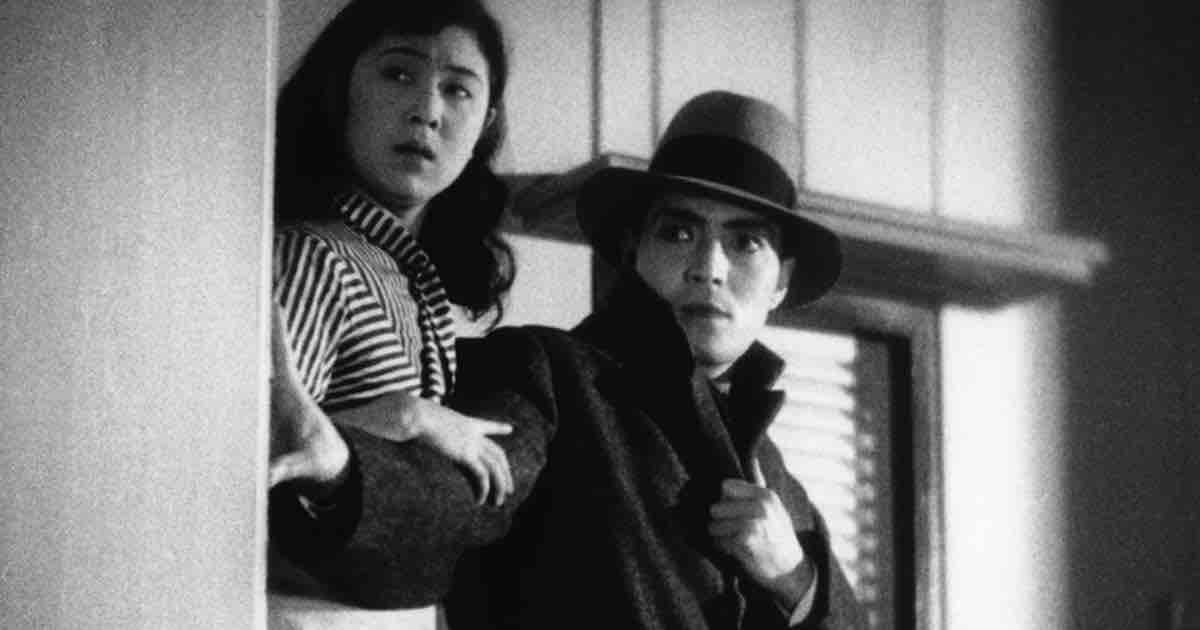
Similar to Walk Cheerfully, Ozu’s Dragnet Girl is also a crime drama and deals with themes of redemption and love. The story revolves around young Tokiko (Kinuyo Tanaka). She works as a typist at a business firm and avoids the advances of her boss’s son. Meanwhile, she loves and supports her boyfriend Joji, an ex-boxer and a small-time gangster.
Both Joji and Tokiko try to make a clean break from their impoverished existence. However, fate threatens to overturn their aspirations. Ozu mixes early American gangster cinema conventions with bouts of melodrama. Dragnet Girl largely works due to young Kinuyo Tanaka’s strong screen presence. She went on to become one of the most revered Japanese star actors. Soon after the film’s release, Ozu left genre cinema and solely focused on perfecting his own unique brand of domestic drama.
10. The Dancing Girl of Izu (1933)
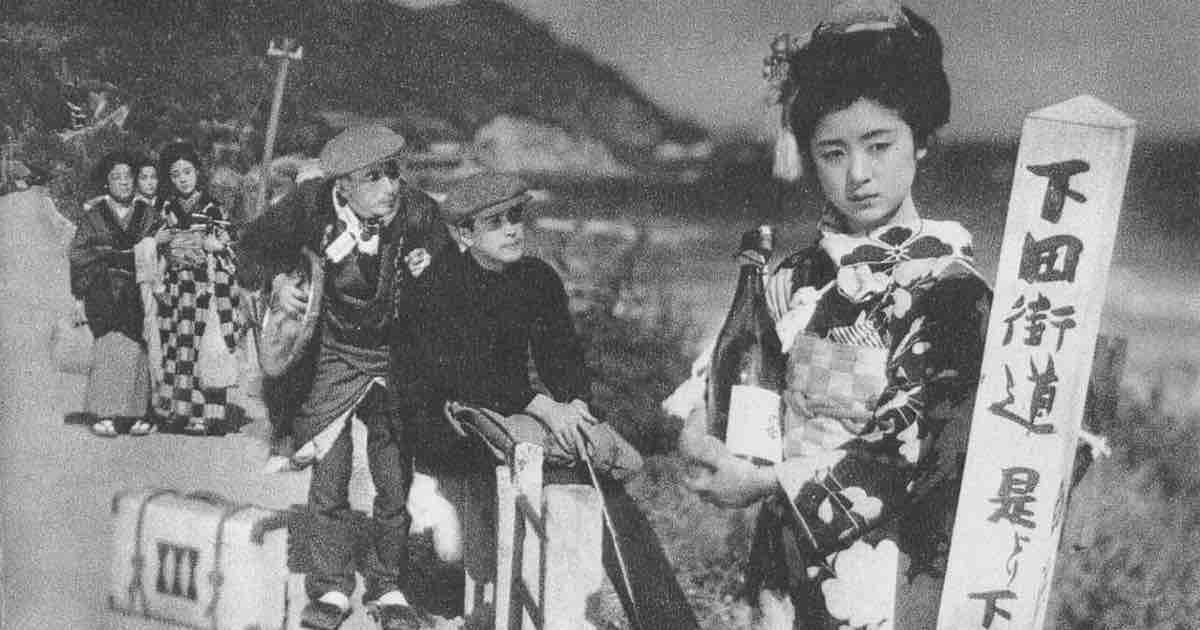
Heinosuke Gosho was one of the master craftsmen of the Shomin-geki (or shoshimin-eiga) genre – literally known as common people drama. He had the supreme ability to blend everyday realism with light-hearted humour. Though not as well-known as his contemporaries Yasujio Ozu and Mikio Naruse, Gosho made some of the finest social and family dramas. In 1931, he made the first full-length talkie in Japanese cinema, titled The Neighbour’s Wife and Mine.
Gosho’s The Dancing Girl of Izu was the first of the six movie adaptations of Yasunari Kawabata’s 1926 novel of the same name. Shot on location, with the titular character played by Kinuyo Tanaka, the narrative explores the themes of young love, class prejudice, and loneliness. The story revolves around college student Mizuhara, who during his vacation comes across the young and naive Kaoru and falls in love with her.
11. Apart from You (1933)
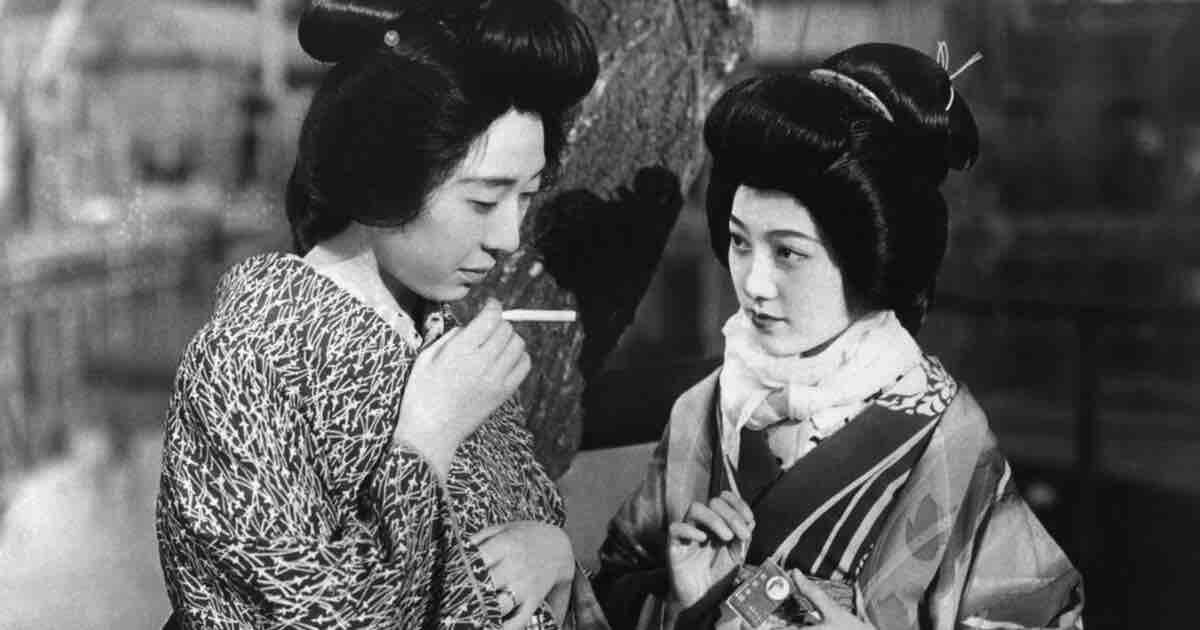
Mikio Naruse was the contemporary of two other classical Japanese filmmakers, Yasujiro Ozu and Kenji Mizoguchi. Between 1930 and 1967, he made 89 films, although most of his early silent cinema output was lost. Naruse largely made movies in the shomin-geki (common people drama) genre, and his protagonists were most often women. Interestingly, it was with Apart From You that Naruse began to refine his craft.
The film tells the story of two geishas of different ages. One is an older woman with a turbulent domestic life. The other is younger and has to support her family. Compared to his previous feature-length silent film No Blood Relation, Naruse seems to have pared down his visual language to the essentials in Apart From You. The result is an elegant mise en scène which relies more on suggestion than theatricality.
12. Passing Fancy (1933)
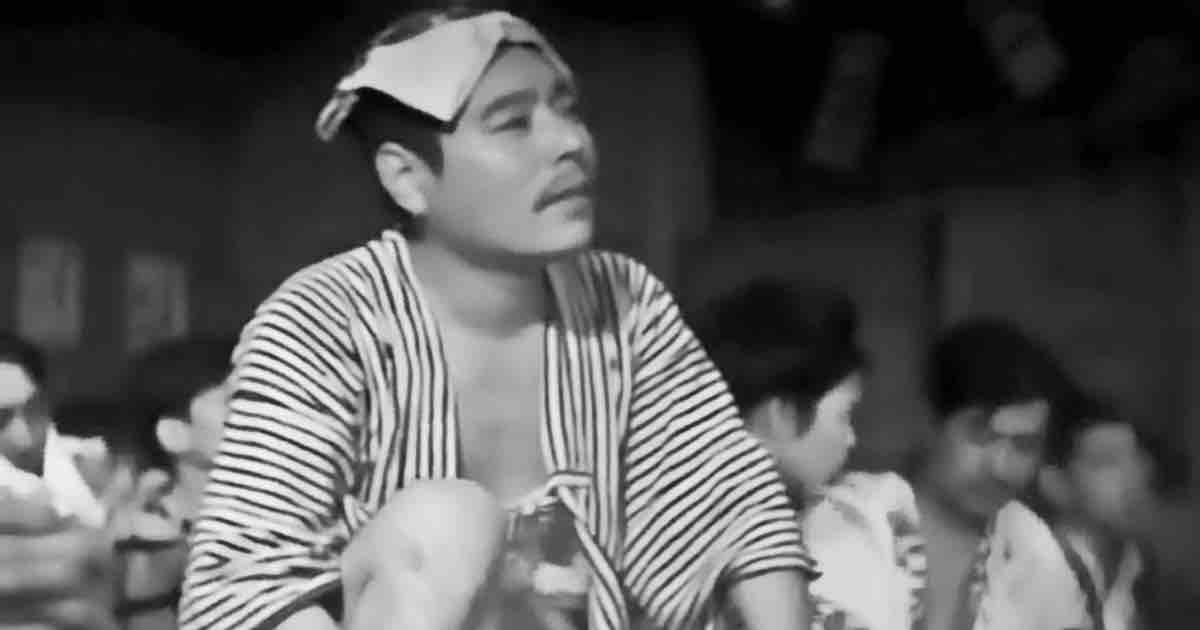
Yasujiro Ozu repeatedly explored the theme of parent-child relationship in his illustrious career. In Passing Fancy, he focuses on single dad Kihachi and his spirited son Tomio. A conflict between the father and son arises, when Kihachi meets a homeless young woman named Harue. Unlike his post-war family dramas, Ozu’s 1930s films mostly revolved around the underclass characters.
In Passing Fancy, apart from the few interesting gags, Ozu closely showcases the squalor of the extremely impoverished neighbourhood. Kihachi is also Ozu’s most flawed father character, who is often impaired by the lack of financial security. From a visual standpoint, Ozu was still developing the stylistic conventions that would define his later movies. For instance, there are the familiar ‘pillow shots’ of Ozu, which facilitate the transition between scenes as Ozu periodically inserts static shots of landscapes, clothesline, and empty rooms.
13. The Water Magician (1933)
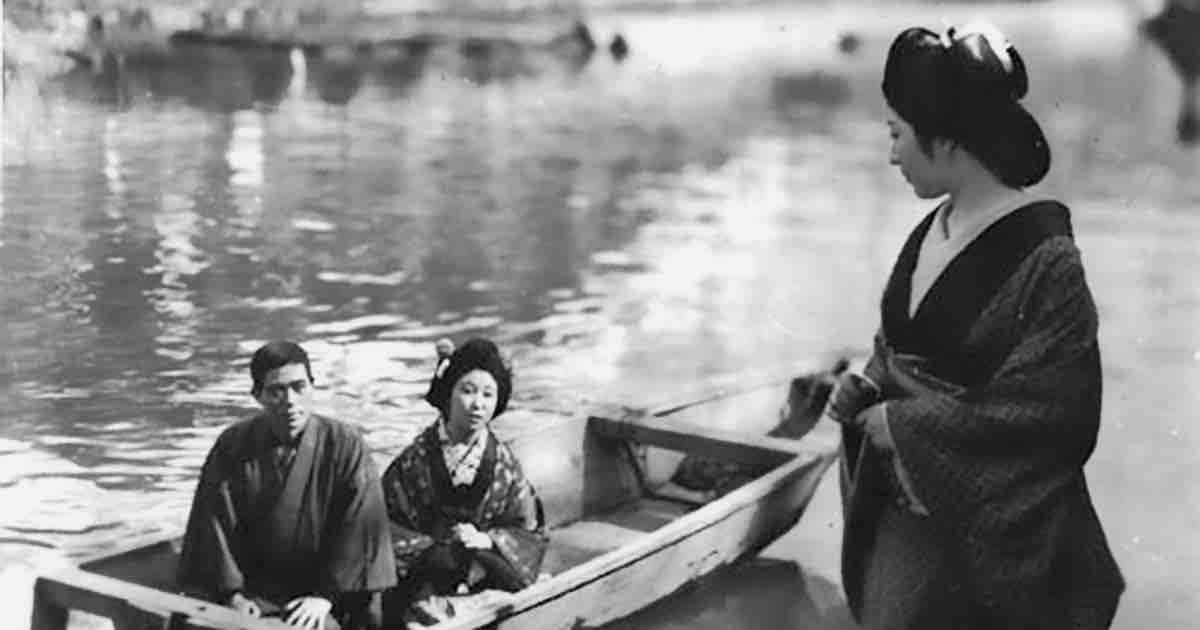
Kenji Mizoguchi was the skilled craftsman of visually lush melodramas and the master of poetic framing. Unfortunately, only a handful of his silent-era movies have survived. One such silent film that demonstrates Mizoguchi’s mastery was The Water Magician. The film tells the story of young Tomo Mizushima, who performs a water juggling act alongside a troupe of travelling performers. Tomo falls in love with a dashing young man named Kinya. The promise of love, however, only exacerbates Tomo’s suffering.
The Water Magician was based on a short story by novelist Kyoka Izumi. Mizoguchi’s older sister Suzu was sold into the geisha profession. After the death of his mother, it was Suzu who took care of Mizoguchi and his younger brothers. Which is why self-sacrificing women are recurrent characters in Mizoguchi’s films. This one, in particular, was brilliantly directed with impressive tracking shots and stylized background atmosphere.
14. Japanese Girls at the Harbour (1933)
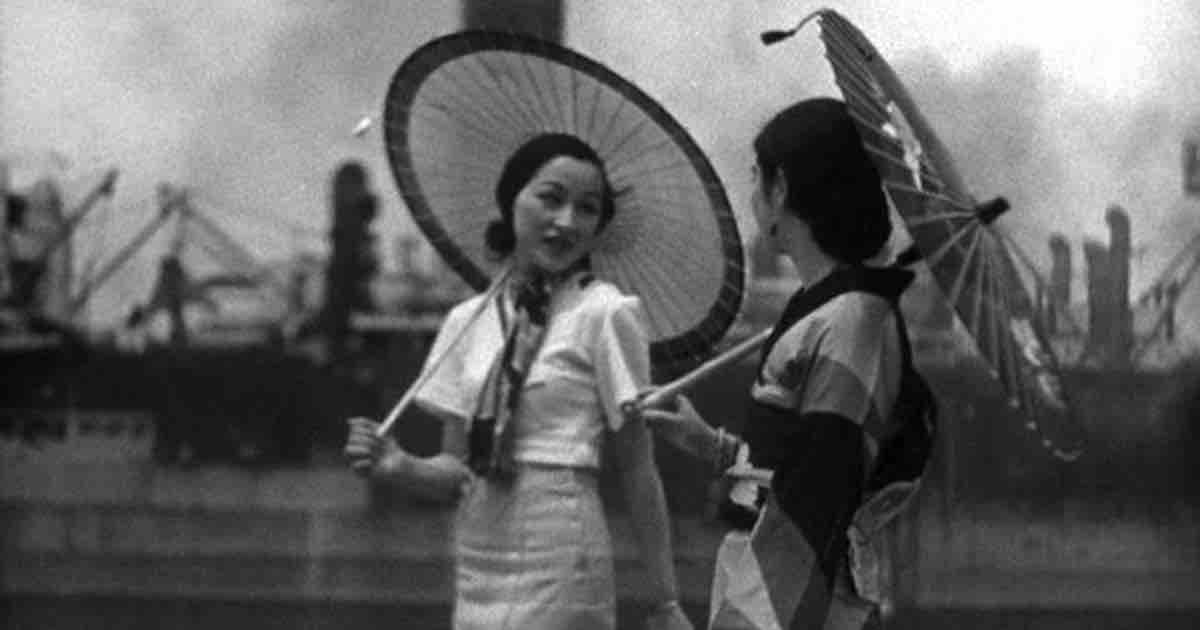
Hiroshi Shimizu is one of the forgotten masters of early Japanese cinema. He is a master of subtle tragicomedy and a great social critic, whose works often focused on children and youth. Shimizu preferred shooting on location and one of his distinct stylistic elements is his fluid tracking shot. Like all the early works of classical Japanese masters, only a few of Shimizu’s silent films are available.
Shimizu was directing films for nearly a decade when he made Japanese Girls at the Harbour. It’s a classic melodrama set in the rapidly modernising port town of Yokohama. The story revolves around two school girls, Dora and Sunako. Their friendship is put to test when they fall for a rugged, motorcycle-riding boy named Henry. While the story seems simple, Shimizu provides a fascinating snapshot of the early 1930s Japanese society, before its descent into militarism.
15. Every-Night Dreams (1933)
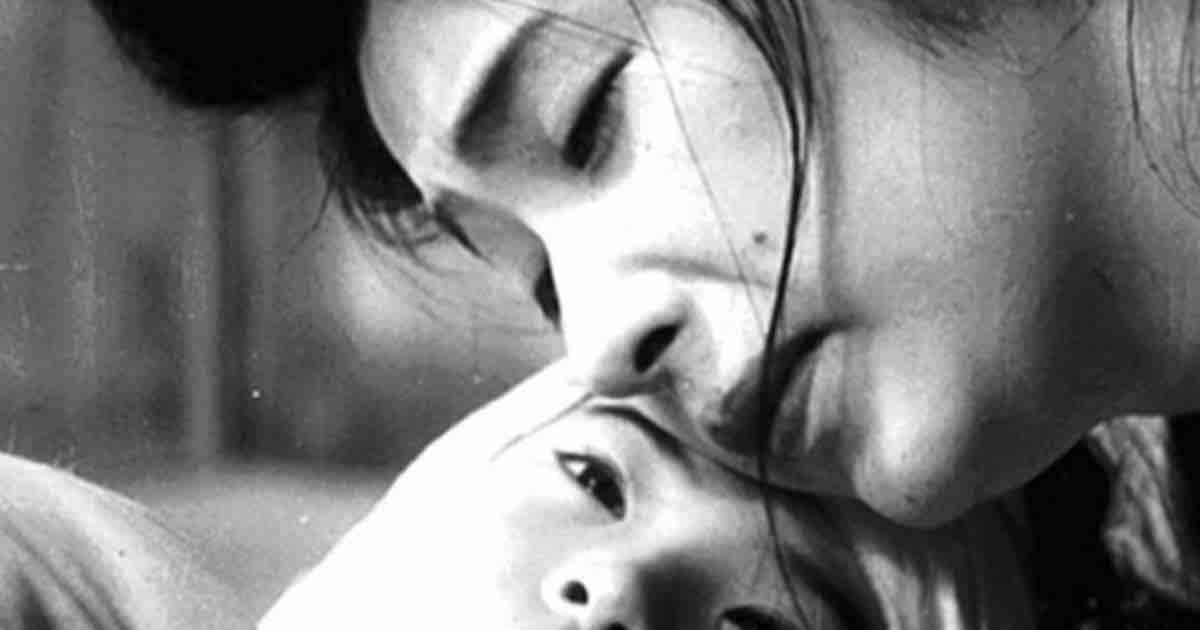
Naruse’s Every-Night Dreams is a fine companion piece to his previous feature Apart From You. Naruse once again empathetically examines the life of working-class women, whose movements are severely restricted in the male-dominated society. The protagonist is Omitsu, a young bar hostess and a single mother. She works at a seedy portside bar, drinking and fawning over men to provide for her little son, Fumio. Omitsu’s life is disrupted when her long absent husband reappears.
Every-Night Dreams reflects the transitional phase in Naruse’s career. Unlike Apart from You, here Naruse uses a rapid editing method and employs slanted angles as well as zooms. However, in a few key scenes he opts for refined mise en scène with static frames. Naruse makes his actors perform in a restrained manner, bestowing credibility to the emotions experienced on-screen.
16. A Story of Floating Weeds (1934)
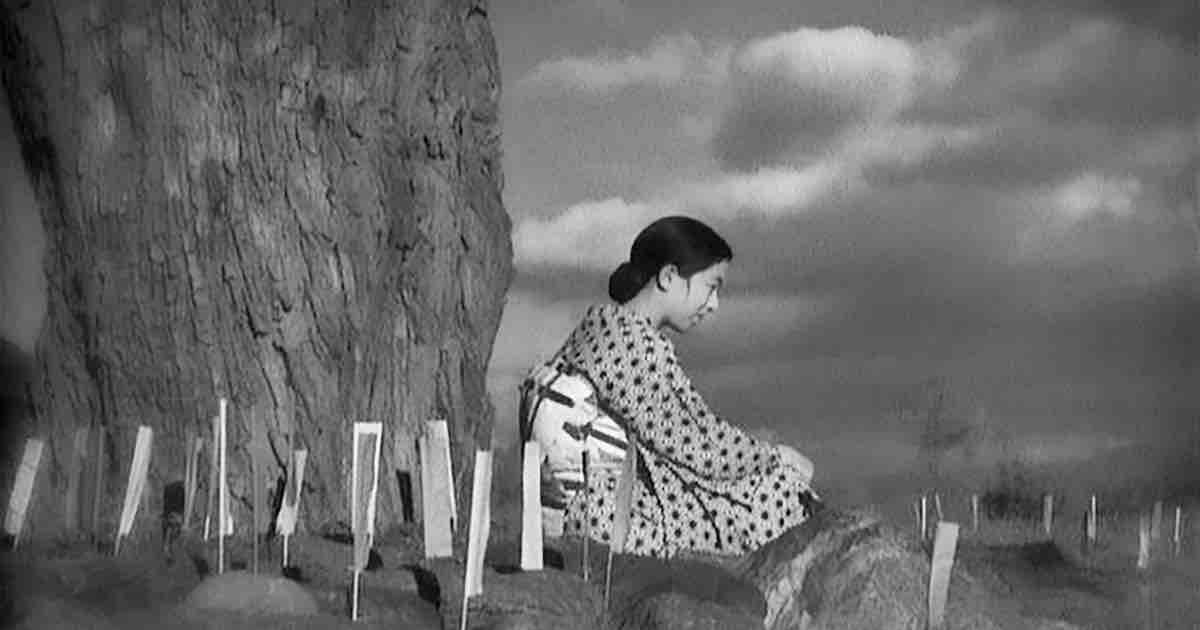
Ozu’s silent melodrama was loosely based on American silent film The Barker (1928). The film revolves around an ageing travelling actor named Kihachi, who reaches a small-town with his troupe of performers. Soon after his arrival, Kihachi meets his old lover and the illegitimate college-going son, Shinkichi. The boy believes that Kihachi is his uncle. When Kihachi’s current mistress discovers about her man’s secret family, she sets off a plan to ruin Shinkichi.
A Story of Floating Weeds possesses all the high-drama of a soap-opera. But Ozu’s inventive mise en scène and nuanced characterizations make it a very special film in his oeuvre. Ozu was also blessed with a brilliant ensemble cast, which helped us connect with their characters’ regrets and anguish. 25 years later, in 1959, Ozu remade the film in technicolor without any major changes in the narrative.
17. Street Without End (1934)
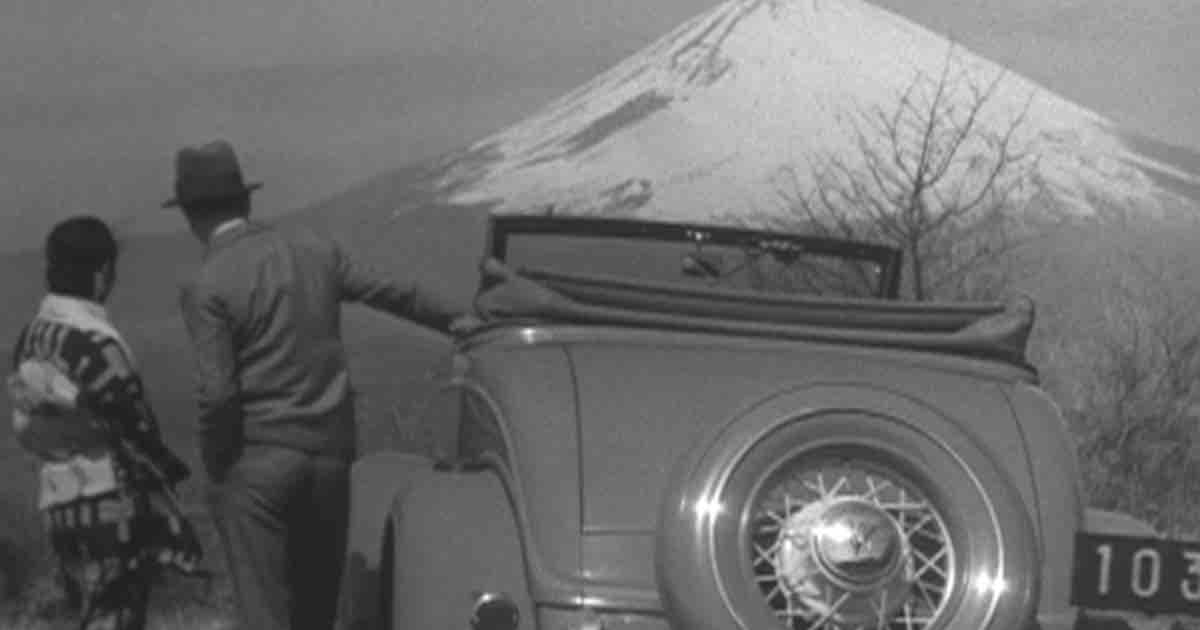
Street Without End was Naruse’s final silent film and his last film at Shochiku Studios. From his first talkie, Three Sisters with Maiden Hearts to his final film in 1967, Naruse made films for Shochiku’s main rival, Toho Studios. On the outset, Street Without End seems like a conventional, far-fetched melodrama. It revolves around a young waitress named Sugiko.
One day, Sugiko is hit by a car when she absent-mindedly steps off the curb. The driver Hiroshi is the scion of a wealthy family. When Sugiko recovers, she is courted by Hiroshi and the two marry. But soon, Sugiko finds herself in an oppressive household. Naruse’s dynamic compositions alongside the gentle emphasis on Sugiko’s shifting emotions elevate the inherent drama in the narrative. Besides, Naruse’s low-key approach to directing actors brings emotional authenticity even in the convoluted narrative set-up.
18. An Inn in Tokyo (1935)

An Inn in Tokyo is the final film in Ozu’s unofficial Kihachi trilogy, the other two being Passing Fancy and A Story of Floating Weeds. All the three films feature an everyday man named Kihachi as their protagonist. The three films are also thematically linked as Ozu explores the misery of Depression-era Japanese society. An Inn in Tokyo follows penniless and homeless Kihachi and his two impoverished kids, Zenko and Shoko.
The trio travel on foot across the industrial wasteland of Tokyo to find a job. On the road, they meet a widow named Otaka, and her starving little daughter Kimiko. The film is defined by its bleak and dreary aesthetics. And it’s full of tender and affecting scenes, including the scene when Kihachi and Otaka look at their children playing in a field. This was the last silent film of Ozu.
Conclusion
There we are! These are some of the best works of Japanese silent-era cinema. Since plenty of Japanese silent films are yet to be restored with proper English subtitles, we’ll hopefully discover more hidden gems in the coming future. Daisuke Ito’s epic chanbara drama, Diary of Chuji’s Travels (1927) particularly deserves a restored version. If you are interested in exploring more Japanese silent films, check out Shozo Makino’s 21-minute short Jiraiya the Hero (1921), Kenji Mizoguchi’s Tokyo March (1929), Tomu Uchida’s Policeman (1933), Hiroshi Shimizu’s Eclipse (1934), and Ozu’s Woman of Tokyo (1933).
